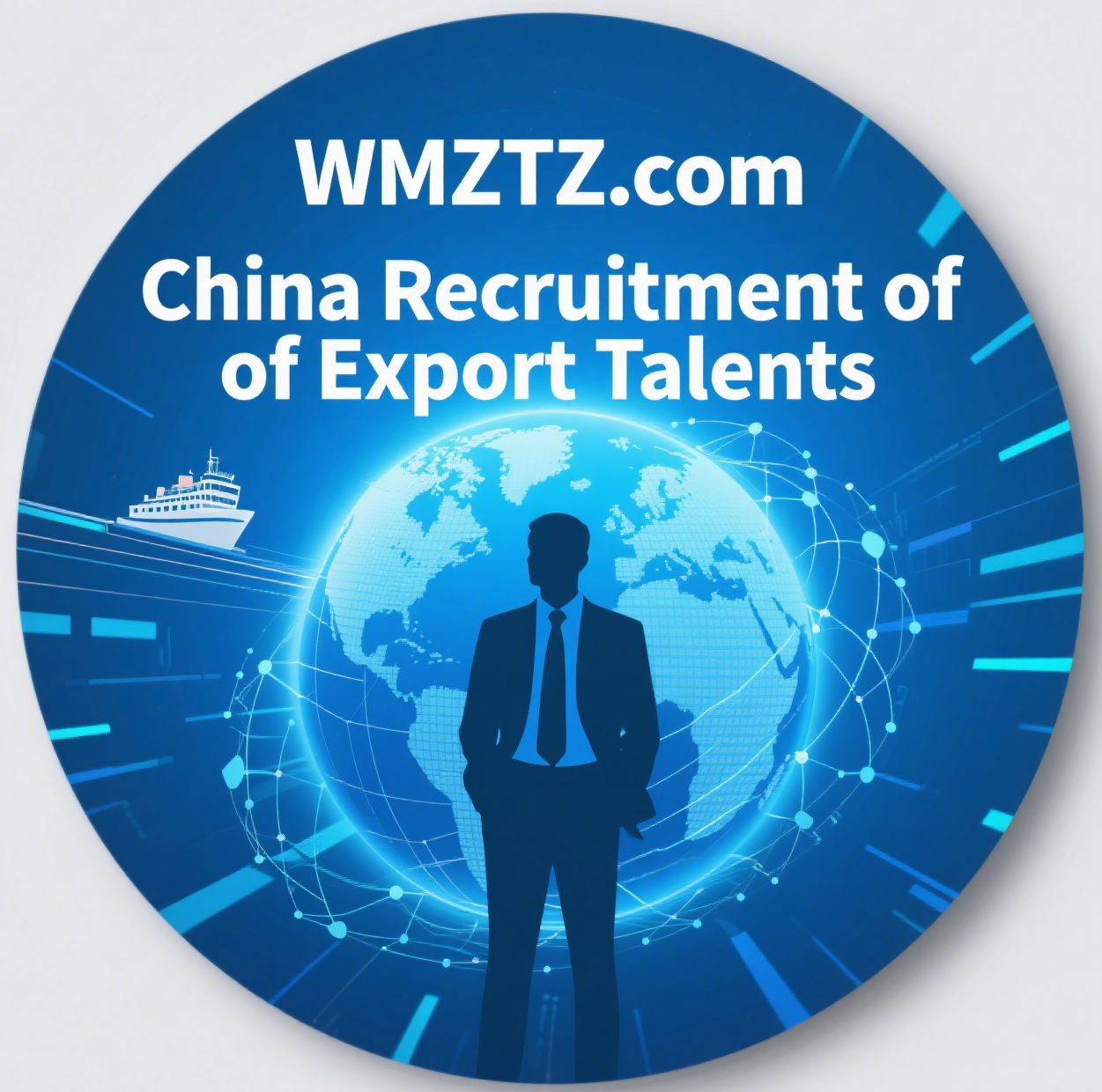How can I tell if a product is genuine or counterfeit when shopping in China? Are there any verification methods?
Alqadhi90Begginer
How can I tell if a product is genuine or counterfeit when shopping in China? Are there any verification methods?
Share


1. Packaging and Labeling Analysis
Key Indicators of Authenticity
2. Anti-Counterfeit Feature Verification
Technology-Driven Checks
3. Brand-Specific Authentication Tools
Industry-Specific Methods
4. Authorized Purchase Channels
Trusted Retail Options
5. Reporting Counterfeit Products
Official Complaint Channels
Special Considerations for High-Risk Categories
Best Practices for Shoppers